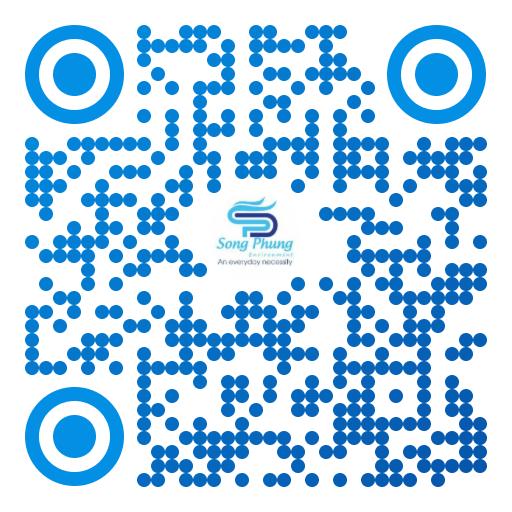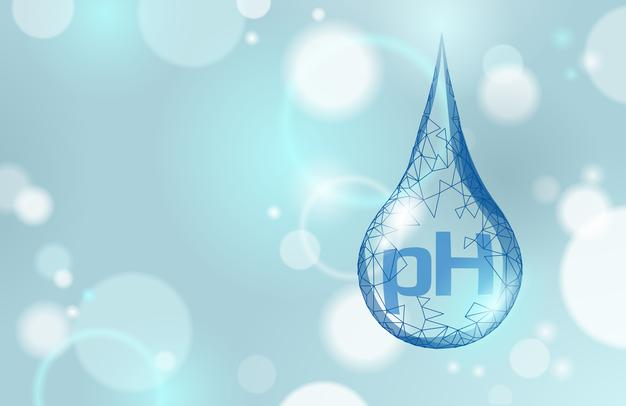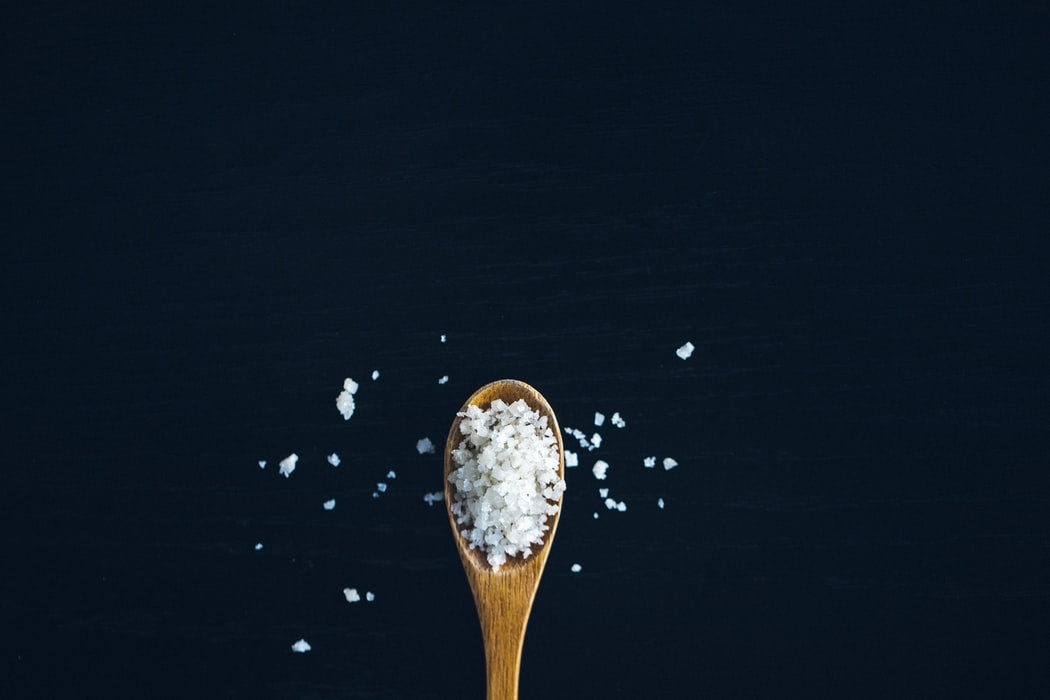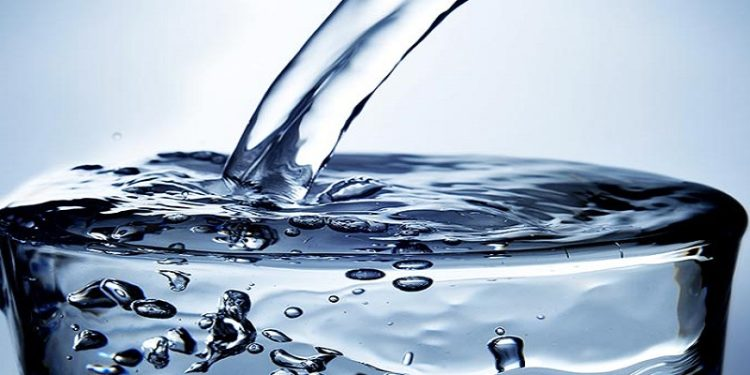The higher the recovery rate of the RO system, the better?
The higher the recovery rate of the reverse osmosis membrane system, the better?
Reverse osmosis technology is the highest technology among man-made water production technologies today, the purity is almost 100%. The reverse osmosis element is used to improve the purity of the water and remove the impurities and salts present in the water.
When using reverse osmosis membranes for raw water treatment, the recovery rate of the membrane system, as an important performance indicator, is often of great interest. High recovery rate means strong output water capacity, saving water, saving power, resulting in cost savings.
So is the recovery rate of reverse osmosis membrane system higher the better?
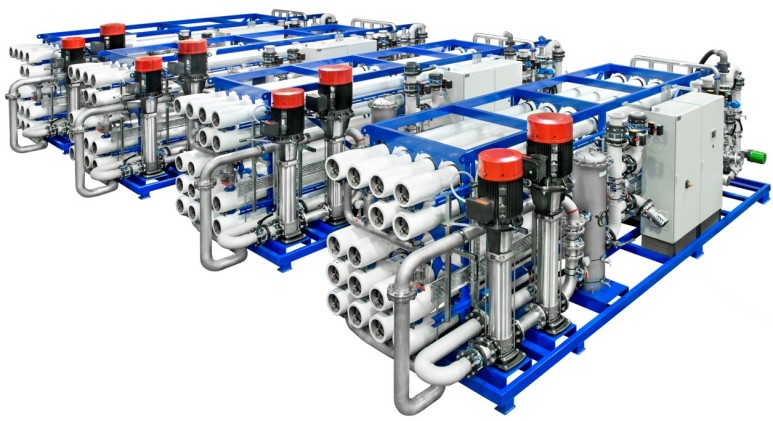
1. What is the recovery rate of the reverse osmosis membrane system?
Recovery rate refers to the percentage of water input in the membrane system that is converted to finished water. The recovery rate of the system is influenced by many factors such as the quality of the inlet water, the number of membranes and the arrangement of the RO membranes according to the original design. Small scale reverse osmosis equipment has a small number of membranes and a short water supply process, so overall system recovery is low. Due to the large number of combined RO membranes and the use of multi-membrane RO housings that prolong the water supply to each membrane shell, the actual system recovery rate is generally above 75%, and sometimes even reach 90%.

2. Recovery rate algorithm of reverse osmosis membrane system
The recovery rate of a single reverse osmosis membrane normally varies according to the quality of the inlet water, and recovery rates mainly range from 12% to 50%. The recovery rates of conventional reverse osmosis membrane systems also range from 30% to 90% depending on the size of the system and the raw water quality.
The formula for calculating the recovery rate is as follows:
R% = Fp / Ff × 100%
In the formula:
Ff —- Inlet water flow rate (m³ / h)
Fp —-Design water flow (permit water) of the membrane (system) (m³ / h)
R —- Recovery rate of reverse osmosis membrane (systemic)
Example: For conventional 8040 RO membrane
Ff = 2.7 m3/h, Fp = 1.35 m3/h, Then the recovery rate will be R= 2.7/1.35 x 100% = 50%
3. The higher the recovery rate of the reverse osmosis membrane system, the better?
In some cases, a high system recovery rate is initially required by the customer for small reverse osmosis units to avoid wasting water. At this point, when designing reverse osmosis devices, it is necessary to adopt different engineering measures.
The most common method is to use a concentrator: Partially recirculated water i.e. only part of the reverse osmosis concentrate is discharged to the outside, the rest is recirculated into the feed water pump inlet. . At this point, it can ensure that the surface of the membrane element maintains a certain horizontal flow rate, but also can achieve the system recovery rate required by the user.
The feed water/concentrated water inlet and outlet valves cannot be adjusted directly to increase the recovery rate of the system. If this is done, the contamination rate of the membrane elements will increase, leading to serious consequences.
Although the higher the recovery rate of the system, the less wastewater will be discharged, too high a recovery rate will cause the following problems:
①The desalination rate of the generated water is reduced, resulting in poor water quality
② Increasing the recovery rate of the system will increase the concentration difference on either side of the reverse osmosis membrane, leading to an increase in salt content in the product water.
③ An increase in the recovery rate will also result in a decrease in the net drive pressure of the system (according to the RO pump curve), which will eventually lead to a decrease in the system water output. To maintain the same water output, the system’s operating pressure must increase, resulting in increased system operating costs.
In general, the recovery rate of brackish water desalination systems is mostly controlled to < 75%, i.e. the concentrate is <4 times more concentrated. When the salt content in raw water is low, it can sometimes be increased to 80%.
Therefore, the recovery rate should be set according to the conditions of the reverse osmosis system, not as high as possible.
To determine this recovery rate, please contact our company for further advice
Any questions you can contact directly:

